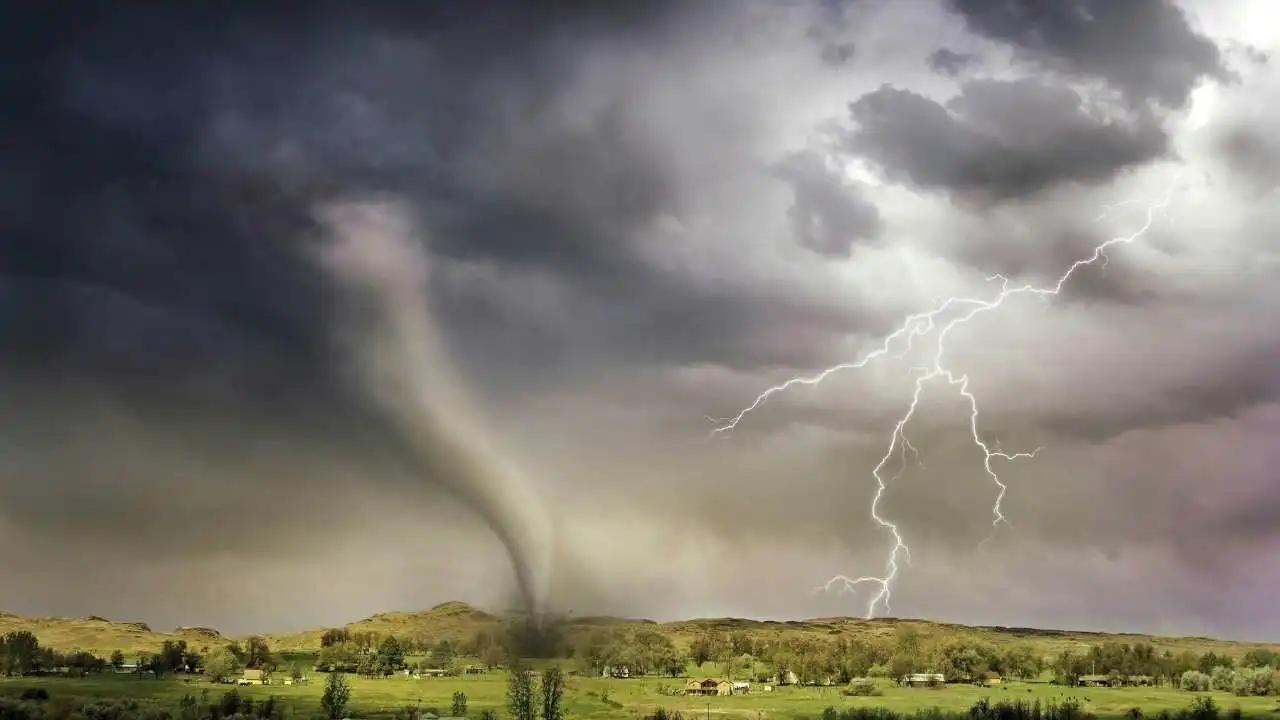Mastodon teeth found in couple’s backyard may shed light on New York’s Ice Age

Archaeologists are always on the lookout for exciting discoveries, and one couple in New York certainly delivered when they brought a box of mastodon bones to Cory Harris, a professor at the State University of New York Orange County Community College. Initially skeptical, Harris was amazed to find two mastodon molars in excellent condition, each the size of a human fist. Further excavation on the couple’s property revealed even more mastodon teeth, a jaw, a toe, and a partial rib.
These findings are now housed at the New York State Museum, where they are considered a “major discovery” that sheds light on the state’s Ice Age history. Mastodons, which went extinct around 13,000 years ago, were large mammals that coexisted with humans in North America. More than 150 mastodon fossils have been found in New York, making them somewhat of a county mascot in Orange County.
Paleontologist Aaron LeBlanc explains that well-preserved mastodon teeth are like time capsules, providing valuable information about the animals’ diet and lifestyle. By studying these fossils, researchers can paint a picture of what life was like for mastodons in North America during the Ice Age.
To properly study and store the mastodon fossils, Harris enlisted the help of Robert Feranec, curator of ice age animals at the New York State Museum. Through carbon dating and chemical analysis, Feranec hopes to learn more about the mastodon’s age, diet, and habitat. Despite being extinct for thousands of years, mastodons offer valuable insights into how ancient animals adapted to climate change, which can inform conservation efforts today.
The homeowners who discovered the mastodon fossils could have kept them under New York law, but they chose to donate them to scientific research. This generosity allows researchers like Harris and Feranec to unlock the mysteries of the past and better understand our planet’s history.
For Harris, being part of such a significant discovery reignites his passion for archaeology after nearly 20 years of teaching. The thrill of uncovering new information and contributing to scientific knowledge is a reminder of why he entered the field in the first place.
Overall, the discovery of mastodon fossils in New York is not only a fascinating glimpse into the past but also a reminder of the importance of preserving and studying our natural history. These ancient creatures have much to teach us about our world and how we can protect it for future generations.




